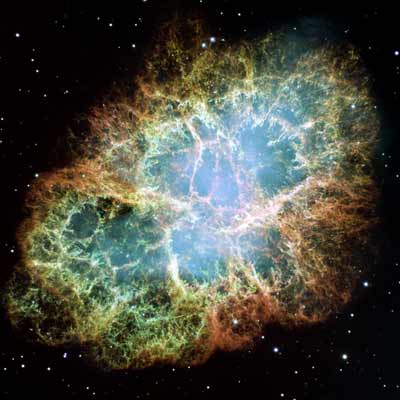NASA looks outside for new sources of cloud innovation

One of the most innovative organizations ever to grace the planet has been the US National Aeronautics and Space Administration. Sure, NASA has taken its share of criticism for fostering a closed culture in which management became cocky and overconfident, resulting in tragic losses of shuttles with astronauts on board. At the same time, you have to give credit to an organization that both created and marshaled the most advanced technical talent that ever existed, to deliver regular manned and robotic spaceflight beyond the stratosphere and on to other worlds.

The innovation continues. SmartPlanet colleague Deborah Gage just posted details on the success and data generated from last year's exploration flight to the moon — the Lunar Crater Observation and Sensing Satellite and the Lunar Reconnaissance Orbiter (LCROSS/LRO).
NASA now recognizes that there is opportunity to drive new innovation -- not only from its staff of scientists, engineers and technicians -- but from online communities as well.
To this end, the space agency announced that it is contributing code to an open-source cloud initiative, called OpenStack, in partnership with Rackspace Hosting. As reported by Tom Taulli in DailyFinance, NASA intends to offer its Nebula cloud platform to OpenStack, providing a well-tested and highly regarded codebase to the project.
Nebula is an infrastructure-as-a-service implementation for scientific data and Web-based applications, now functioning as a private cloud that may eventually evolve to a hybrid model to enable greater collaboration with the academic community and the public.
NASA, under tremendous cost pressure, sees the innovation that will come from the open-source community as a cost-effective way to continue innovation on its own implementation.
Along with Rackspace, which has already contributed its Cloud Files system to the project, OpenStack is being supported by 25 vendors, including Dell and Intel. OpenStack's mission is to "allow any organization to create and offer cloud computing capabilities using open source software running on standard hardware. OpenStack Compute is software for automatically creating and managing large groups of virtual private servers. OpenStack Storage is software for creating redundant, scalable object storage using clusters of commodity servers to store terabytes or even petabytes of data. All of the code for OpenStack is freely available under the Apache 2.0 license."
Call it community innovation, or call it crowdsourcing; the bottom line is that most of the innovation enterprises need in the years to come will be available from outside the four walls. In this regard, NASA once again provides an inspiring example.
(Photo: Crab Nebula, seen from the Hubble Space Telescope. Credit: NASA.)
This post was originally published on Smartplanet.com